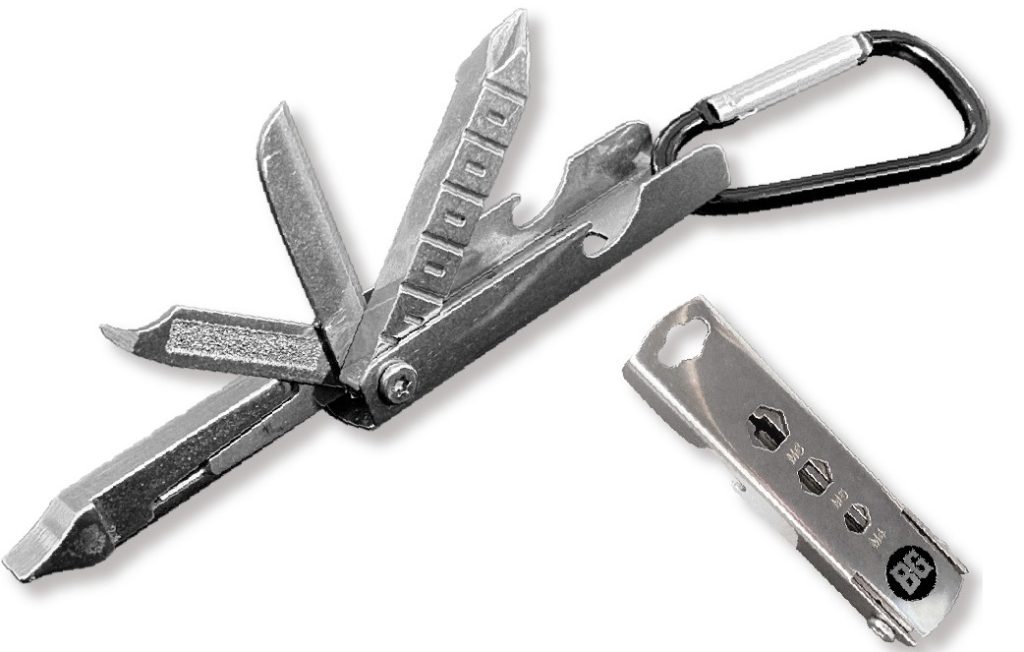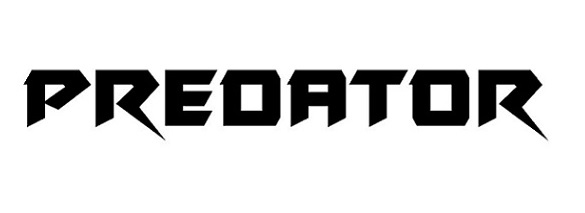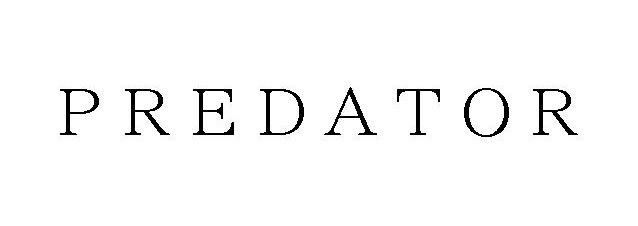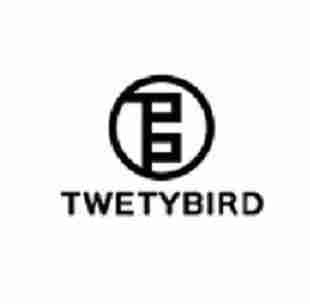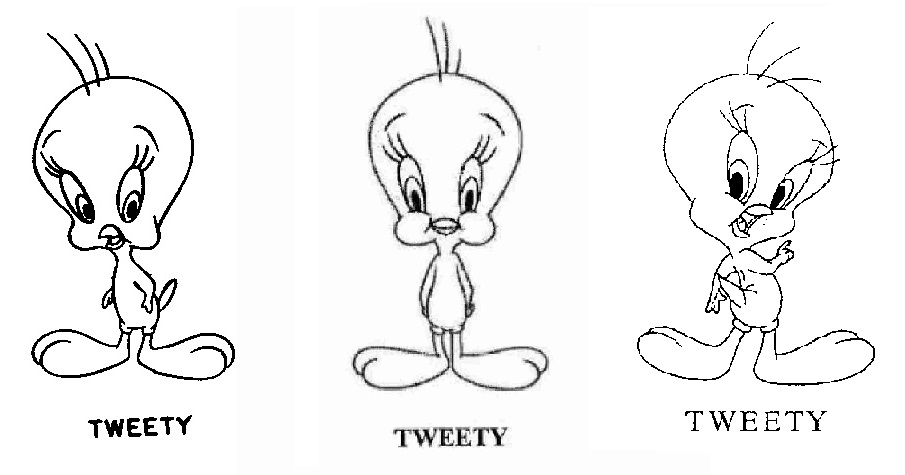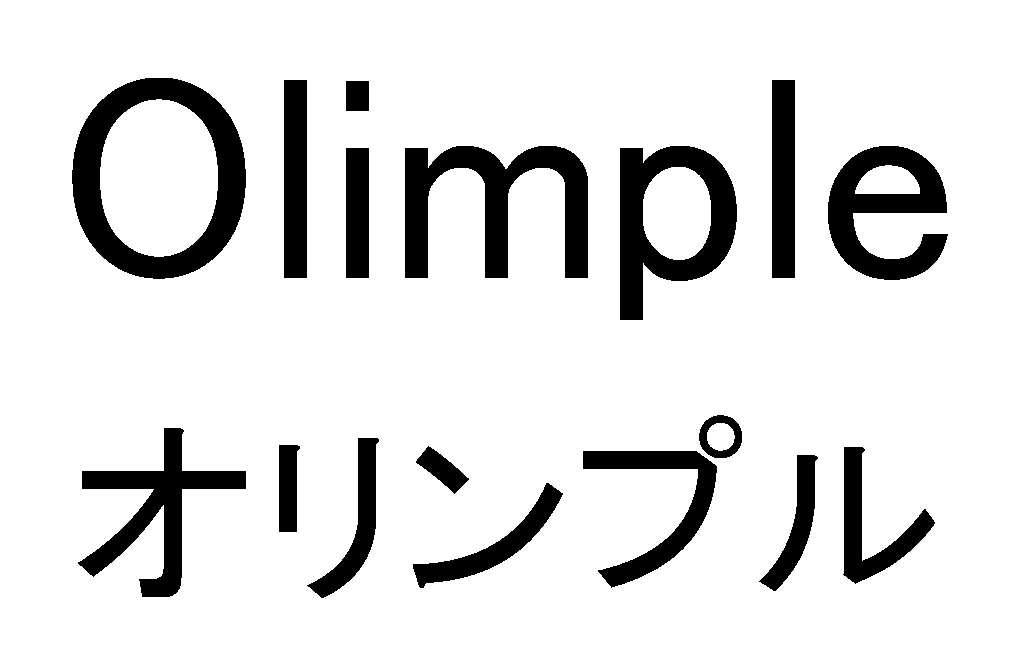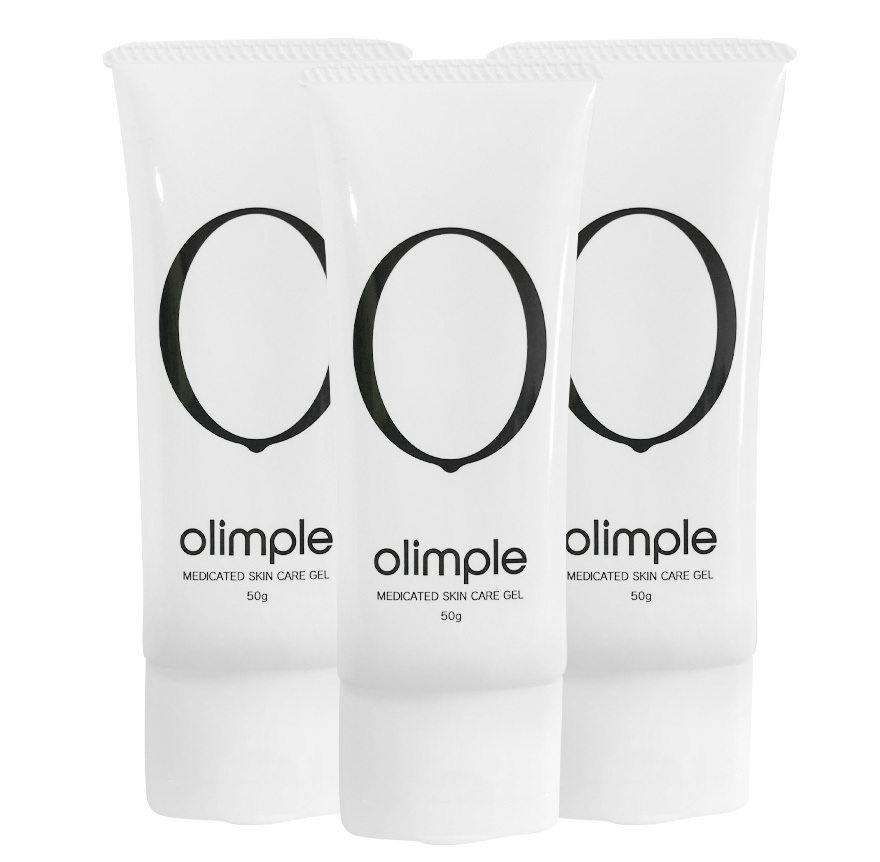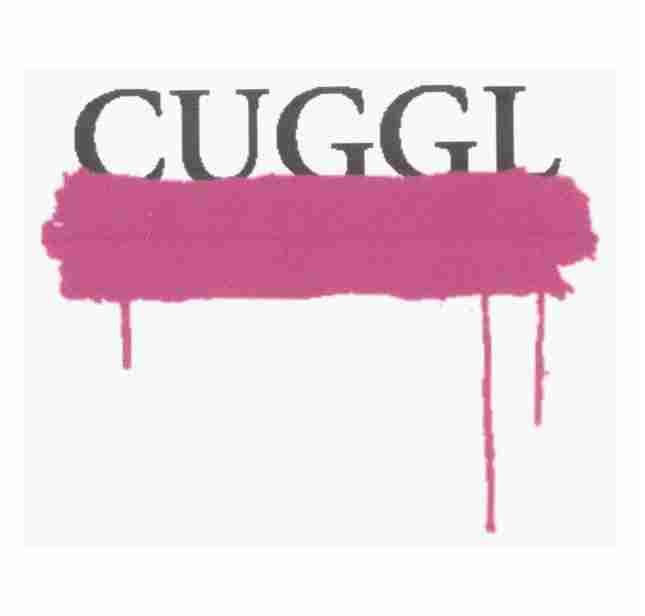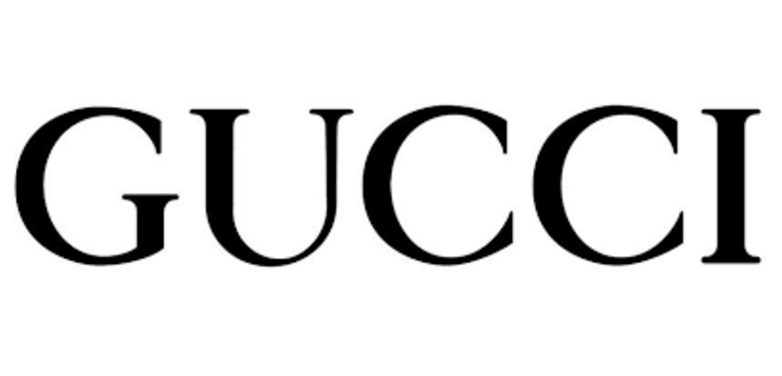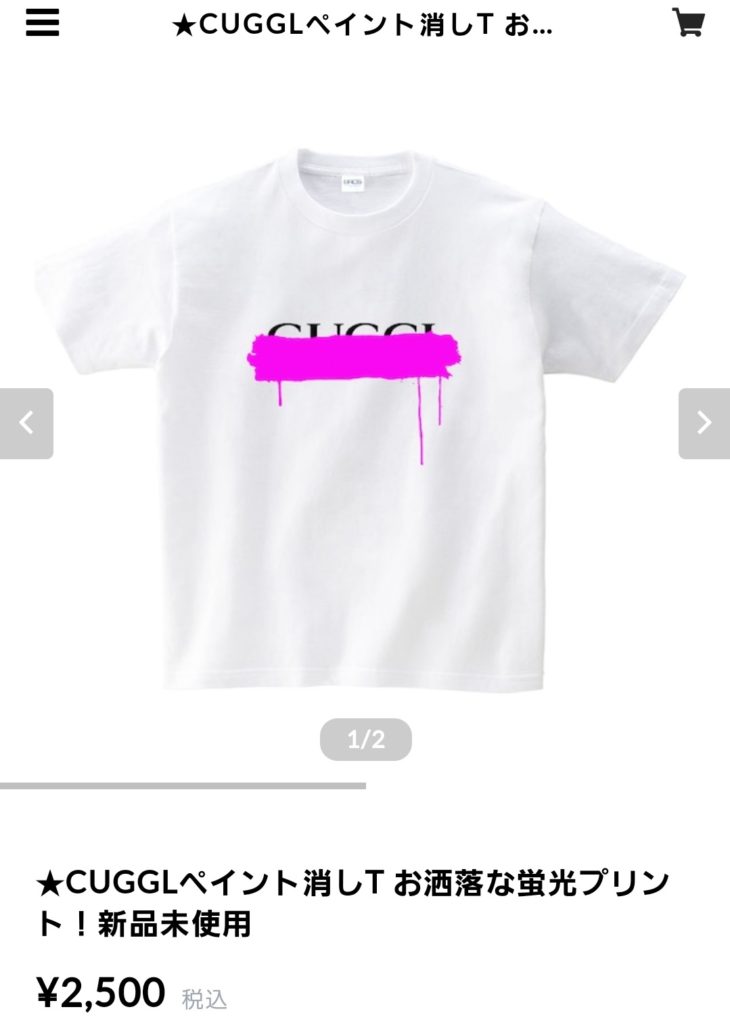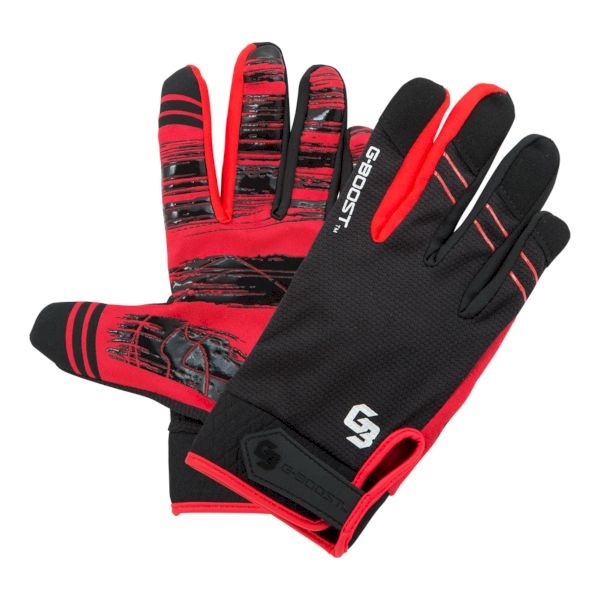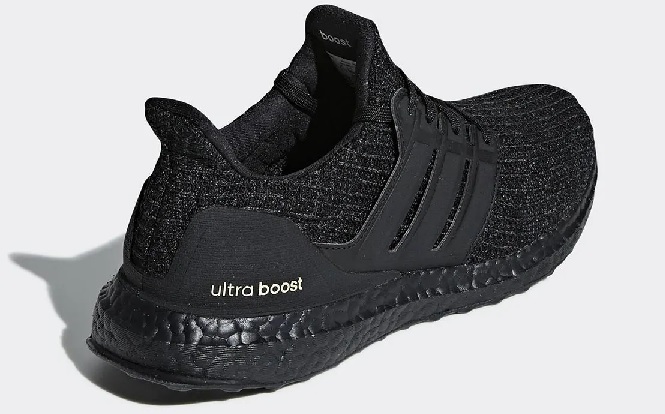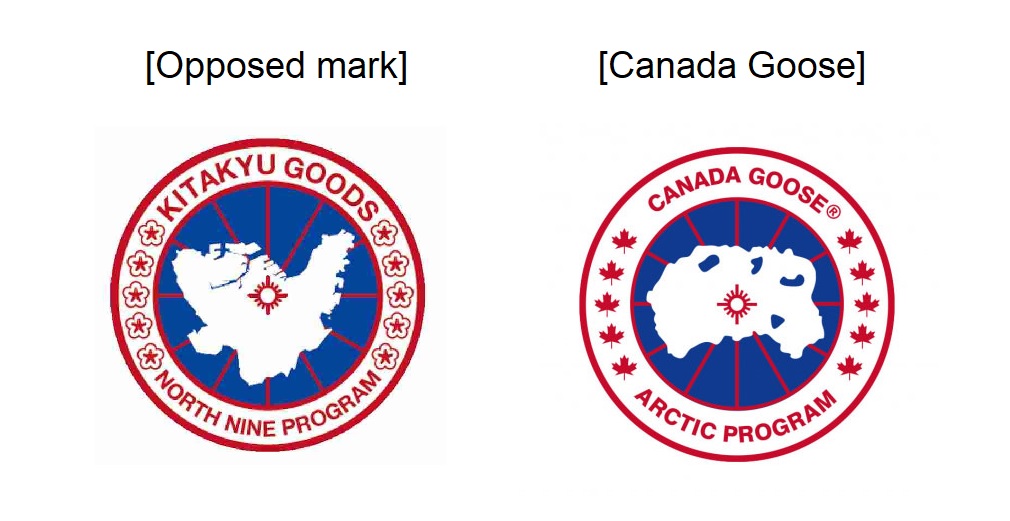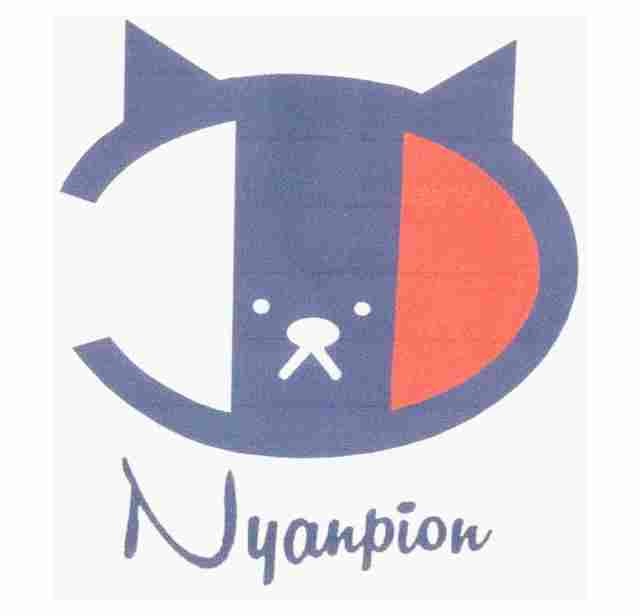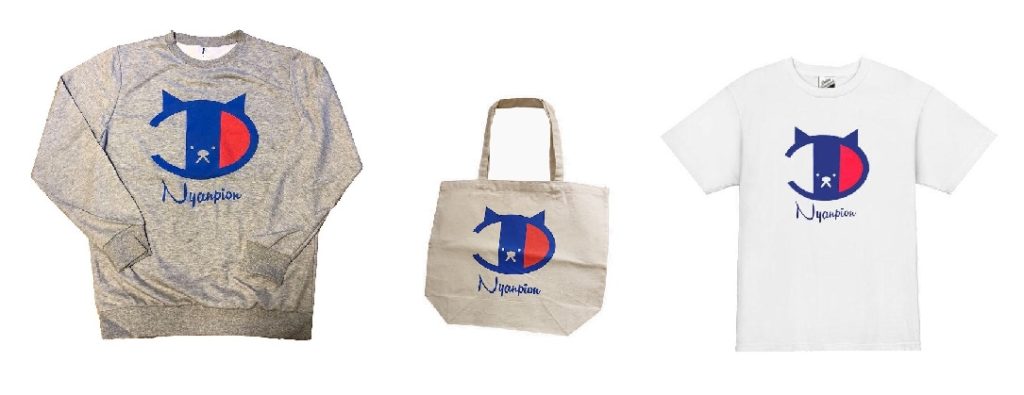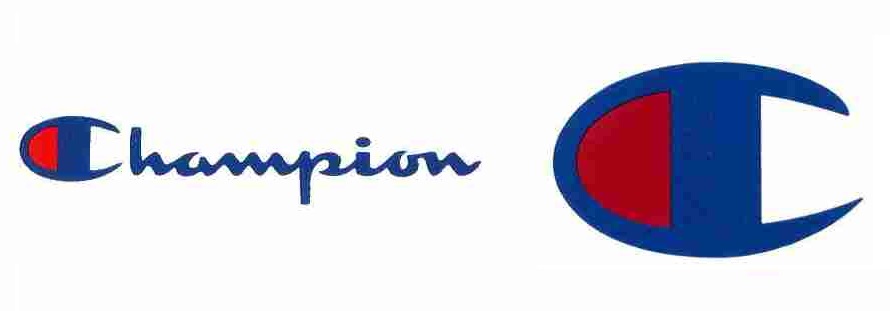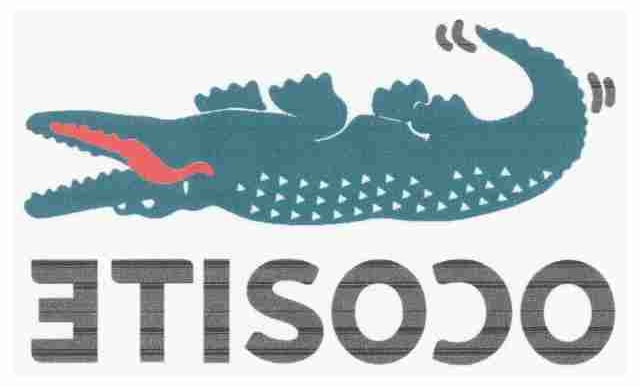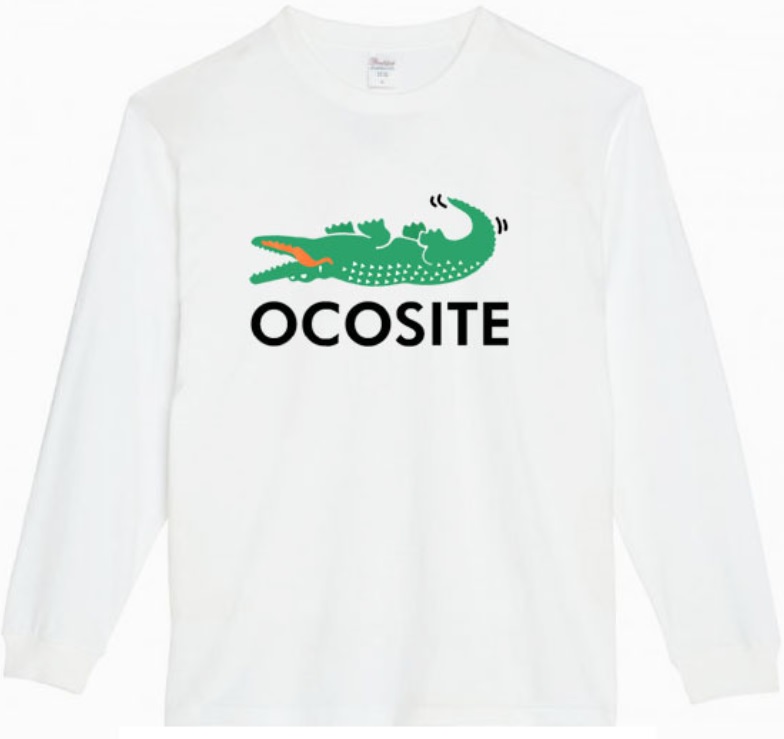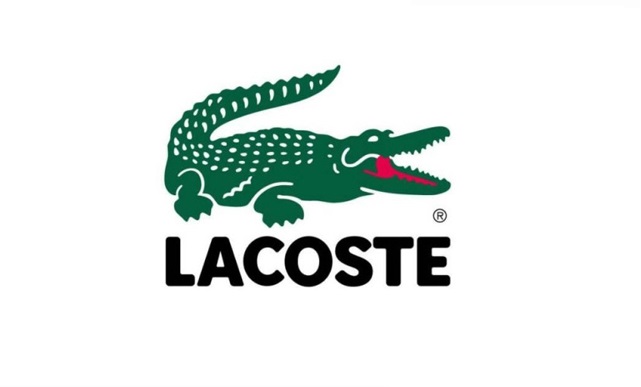The JPO examiner raised her objection on the ground that TM App no. 2022-76159 for the stylized mark “SHIBA” was confusingly similar to the world-famous mark “PUMA” and filed with a malicious intent to harm PUMA as well as public interest.
Opposition vs Letter of Protest
Whenever a brand owner discovers a trademark application by a third party that may cause confusion or detrimental effect on your business, the owner is eager to block its registration by any means.
Opposition is one of the actions universally taken in such cases, however, it should be noted the success rate of opposition has been remarkably low (11% on average in the past six years) in Japan. Besides, the Japan Trademark Law does provide only “post-grant opposition” and the JPO has full discretion in deciding whether to cancel the opposed mark. Assumably, these factors affect the rate getting lower.
In this respect, a “letter of protest” is probably a better option instead.
Any person can use the letter of protest to give the JPO evidence about the registrability of a trademark in a pending application. There is no public data to show how effective the letter works to block the protested trademark, however, in my experience, as a Japanese trademark practitioner for twenty years, more than half of the letters resulted in a rejection of the protested trademark.
Protest to “SHIBA” mark
MARKS IP LAW FIRM, acting on behalf of PUMA SE, sent a letter of protest against TM App no. 2022-76159 for the stylized mark “SHIBA” (see below) in class 25 on November 25, 2022.

In the letter, we argued the protested mark is likely to cause confusion with PUMA SE because of its resemblance to the world-famous sports brand “PUMA”.

On February 17, 2023, the JPO examiner issued an office action refusing registration of the SHIBA mark in contravention of Article 4(1)(vii), (xi), (xv), (xix) of the Japan Trademark Law by stating that:
The protested mark gives rise to a pronunciation of “Shiba” and the concept of “Shina Inu; a breed of small thick-coated agile dogs developed in Japan”.
Even though there is a difference in meaning and sound, by virtue of the remarkable degree of reputation and popularity of the PUMA mark and the impressive resemblance of both marks in appearance, the examiner has a reason to believe relevant consumers would confuse a source of the designated goods of class 25, namely clothing, belts, footwear, sportswear, sports shoes, and headgear, bearing the SHIBA mark with PUMA.
Besides, there is reasonable doubt that the applicant must have been aware of PUMA and applied for the protested mark with malicious intent to harm not only PUMA but also the public interest.
Unless the applicant is successful in persuading the examiner of the dissimilarity of the mark, the unlikelihood of confusion with PUMA, and the non-existence of malicious intent, it will be rejected as a matter of course.
It is my advice to take advantage of the letter of protest, rather than opposition if you want to protect your brand against free-rider in Japan.


